If you’re just here for the recipes, scroll down to the end of this post. If you want to read more about my complex journey through the world of health and wellness, start from the beginning.
This post is too long for some email servers, so if you’re reading this in your email and it’s cut off, simply click the title of the post to be taken to the web version.
A few weeks ago I decided I was going to send out some of my favorite recipes on Substack, and I’m not gonna lie… this is a very weird moment for me.
You see, for over a decade, food, health, and wellness were big parts of my life and identity. However, six years ago, “wellness” and I went through a traumatic breakup. The rupture left me seething with ill will and resentment, and yet here I am, sending out recipes on my Substack newsletter.
How did this happen?!
It’s a long story, but here’s the abbreviated version…
It was 2009, and I was twenty years old. After a lifetime of suffering from severe digestive issues, I randomly watched a film called “Fat Head”. The film, created by and starring Tom Naughton, aimed to refute another film, called “Super Size Me,” along with Ancel Keys’ lipid hypothesis.
In short, the film blames processed carbohydrates and sugar for obesity and heart disease, not saturated fat. To prove this, Naughton created simple graphs and analogies to explain complex biological processes, interviewed a number of scientists, and undertook a Supersize Me-esque experiment of his own.
Just like Morgan Spurlock had done while making “Supersize Me,” Tom Naughton ate nothing but McDonalds for thirty days, but he kept his carbohydrate intake under 100g per day. Unlike Spurlock, Naughton ended up losing weight, and his health markers improved.
The conclusion? If you want to be fit and healthy, cut out sugar and grains, not fat.
“Fat Head” led me to Mark Sisson, and a diet and lifestyle I’d never heard of before, called “paleo”. When it came to health and wellness, the paleo philosophy just made sense. No calorie counting, no elliptical machine, no low fat weight loss shakes, just whole, unprocessed foods and natural movement.
I quickly drank the stevia sweetened, naturally colored kool-aid.
I started wearing Vibram fivefinger shoes well before they were trendy, gifted The Primal Blueprint to everyone I knew, bought almond flour by the sack full, and spent hours in the kitchen tinkering away at grain-free paleo recipes.
My paleo hobby quickly morphed into a career. Instead of going to grad school to study gender and sexuality as I’d been planning, I accepted a full-time position at Whole Foods as the in-store demo specialist, where I cooked food and gave samples of what I’d made to customers on the store floor. I had zero professional (let alone personal) cooking or dietary experience, but somehow, I managed to charm my way in.
In less than a year, this job led to a position managing a team of demo specialists for an up and coming raw kale chip startup called Brad’s Raw Foods, which ultimately led to a move across the country from New Jersey to San Diego, where I became the marketing director for several different natural products companies in my early to mid-twenties. The last company I worked for as an in-house employee was Suja Juice, which quickly became a $300 million dollar business, and was named by Forbes as one of America’s Most Promising Companies. In 2015, Coca-cola bought a 30% stake in the company.
At this point I was twenty-seven. I’d become certified as a Holistic Health Coach through the Integrative Institute for Nutrition, practiced food photography while working at Suja, and felt I had enough clout to work for myself. I started a paleo blog called Anya’s Eats, and worked as a sub-contractor for a number of different natural products companies, helping them with storytelling, creative marketing, and branding. I grew my Instagram following to over 25k, was making well over $100k per year, and had my recipes featured in cookbooks by Mark Sisson and Whole30’s Melissa Urban.
I also managed to move three times, get married, and buy and renovate a house.
On the surface, I seemed to be incredibly successful and fulfilled, but underneath this carefully constructed facade, I was a mess.
Although my digestive issues had improved in my early twenties, they never went away completely, and I frequently suffered relapses. On top of that, a new health issue had arrived in the form of severe acne that only seemed to be getting worse, no matter what I did to address it.
I became more and more strict about what I put in my body. No more dairy or caffeine. No more cheating by eating the occasional slice of pizza or scoop of ice cream. My supplement collection grew to the point of hoarder status, and I worked out harder and harder. I was at war with my body and I couldn’t understand why it was betraying me, especially after having spent so much time trying to fix it.
On top of all of that, I was overwhelmed by work, increasingly unhappy in my marriage, and felt like a fraud for being the face of a health and wellness blog when I couldn’t even get my own health together.
In December of 2016, I blew it all up.
I left my husband after only seven months of marriage, and stopped posting on my blog. I moved out of my newly renovated, food-blogger-quality house, and moved in with my mother, before eventually finding a small cabin in Topanga, CA where I lived for the next two years.
I thought the universe was going to reward me for having the courage to pursue a more authentic path, but that isn’t what happened – at least, not right away.
The acne I’d been battling for years crescendoed into a level of severity that prevented me from leaving my cabin for weeks on end, and my digestive problems got worse.
More restrictions.
More cleanses.
More supplements.
At this point, I knew that my face would be permanently scarred by the acne, and I started to come to terms with the fact that I might never get better. (I don’t want to post the photos of how bad my skin got in this post, but if you’re really curious, or think I’m exaggerating, I posted some photos of how bad it got in this Instagram story).
So much happened during the two years I lived in Topanga that it’s impossible to summarize it all, but essentially, after trying every method of resistance in the book, I finally gave up. I accepted that I wasn’t in control. Not only that, but I also realized that my desire to “take control” of my health might well have made things worse, or at the very least, distracted me from the source of my problems.
My problem, as it turned out, was primarily emotional and psychological. Yes, I was physically sick, but the thing that was causing me to be so sick was unaffected by the foods I was eating or the fivefinger shoes I was wearing.
I went to therapy three days a week where I confronted my childhood traumas. I stopped speaking to my mother, had a falling out with my brother, and lost nearly all of my friends after learning, finally, how to set boundaries. I confronted a history of severe codependency and decades of repressed anger. I cried and screamed and danced until I collapsed. I took solo road trips and camped alone in nature for weeks at a time. I questioned all of my habits. I took an astrology apprenticeship, learned archery, and bought a handheld saw so that I could construct a garden bed out of an old cabinet.
I lost the war I’d been waging against my body. This eventually led to acceptance, which then in turn eventually led to gratitude. I recognized that had it not been for my health issues, it would have been far easier for me to perpetuate what Alice Miller would call my tendency toward “grandiosity” – distracting myself from the issues I needed to resolve by appearing to be perfect, successful, and having all the right answers.
I began to see my health issues not as something to struggle against, but instead, as something to respect. I learned to listen to what my body was trying to tell me. I remember coming to the realization that my acne would only disappear when I no longer needed it to serve as an alarm system. Since I had disregarded my intuition for so long, and never learned the skill of discernment, my health issues had become my body’s last ditch effort to tell me that something was wrong.
At this point, my body was screaming.
At twenty-nine, a hormonal test revealed that my progesterone levels were below what they were supposed to be for a post-menopausal woman. My liver enzymes were drastically elevated, and my period had disappeared completely. I was chronically constipated and suffered from severe bouts of anxiety.
After decades of trying to ignore my underlying unhappiness and lack of fulfillment, I knew there was nothing to do but listen and wait.
Eventually, both my skin and digestive issues seemed to reach a plateau. Neither were healed, but they stopped getting worse. Soon, they improved enough that I felt comfortable beginning to re-enter the world, albeit still wearing a ton of makeup to cover my lingering acne and scarring.
In January 2019, I was invited to Bali. I was so distracted by how much fun I was having that I frequently forgot to take my daily fistful of supplements and bioidentical progesterone. To be honest, by this point, I was getting tired of taking so many supplements and remedies three times a day, and I felt nauseated every time I picked up my granny pill organizer.
When I got back from that trip two weeks later, I decided to stop taking supplements completely. Not only that, but I also vowed to drop every dietary restriction I’d taken on in the previous ten years.
I bought a loaf of sourdough bread and real butter. I ate the first piece standing at the kitchen counter, and sobbed while I chewed.
Why did I punish myself for so long?
Why did I rob myself of so much pleasure and joy?
A year after I took my last supplement and ate that first bite of bread, my health issues disappeared completely, and they’ve never come back.
I’ve spent the last four years learning how to have a healthier relationship with my body. Instead of focusing on diet and exercise, I’ve shifted my focus to intuition, discernment, pleasure, forgiveness, and self-care. I’ve learned how to cook with “normal” ingredients like flour, sugar, and dairy. I’ve traded "working out” for long walks and dancing. I’ve prioritized baths and tea ceremonies over my career, and bailed on social obligations that didn’t feel 100% aligned. I’ve found myself in a healthy romantic relationship for the first time in my life, and given myself permission to pursue all of my diverse interests.
I’ve come a long way, and yet like all great journeys, my journey with health and wellness is cyclical.
By removing my pre-conceived notions about what “healthy” was supposed to look like, and by learning how to approach wellness intuitively instead of relying on external metrics and judgements, I’ve found myself in a similar place to where I started, but this time, my surroundings look very different.
I understand how so many years of antagonism and fear created an oppositional relationship between me and food, but the truth is, I love to cook, and I love sharing good food with people I care about, which includes all of you.
At this point in my life, I don’t have any dietary restrictions, and I don’t take any supplements regularly. However, I still love almond flour biscotti and grass-fed beef liver from the local regenerative farm.
I’ve also recognized that my current interests related to mythology and helping my generation tell new stories can be seen as a cyclical iteration of my previous career helping brands tell their stories.
Although I deleted my blog from the internet over a year ago, I still regularly make many of the recipes I posted on the blog, and I really miss taking beautiful photos of the meals I create.
After several days of hemming and hawing over the awkwardness of returning to my food blogger roots, here we are.
I’m glad to be back.
Don’t worry. This Substack isn’t actually going to turn into a food blog, but you will occasionally see me sharing recipes or snapshots of what I’m making. If you make any of the recipes I share, I’d love to hear what you think in the comments. I’d also love to hear about all of YOUR journeys related to health, wellness, and cooking. Does any of this resonate with you? Let’s talk about it.
If you want to hear more about what I wrote about in this post, you can tune in to episode #36 of A Millennial’s Guide to Saving the World -
So, without further ado, here are those recipes I promised…
Creamy Dairy-Free Kale, Bacon and Butternut Squash Soup
This soup is a regular part of my weekly recipe rotation, especially in the colder months. It’s incredibly simple to make, and so flavorful. It’s especially good after a day or two sitting in the fridge, so don’t be afraid to make a double batch and save some in the fridge and/or freezer for on demand deliciousness.
Makes 3-4 servings.
Ingredients
1 medium butternut squash
1 small yellow onion, diced
3 cloves of garlic, diced
1 package of bacon, chopped into small pieces
1 tablespoon olive oil
2 cups full-fat coconut milk
2 cups chicken broth
1 bunch kale, leaves removed from the stems and broken or chopped into small pieces. (I prefer dino kale over the traditional curly kale, but either one will do).
salt and pepper, to taste
red pepper flakes, optional
Instructions
Preheat oven to 375°.
Slice the butternut squash long ways, scoop out the seeds and rub the olive oil onto the squash, followed by a bit of salt and pepper.
Line a baking sheet with some parchment paper, and place the squash face down.
Bake for 30-40 minutes until soft. (The squash doesn’t have to be totally cooked, because it will cook more when you add it to the soup).
While the butternut squash is baking, chop the onion, garlic and bacon.
Add bacon pieces to a large sauce pan and cook until slightly browned.
Add the onion and cook until translucent, with a pinch of salt.
Turn down the heat, add the garlic and cook for 1-2 minutes, making sure not to let it burn.
Add coconut milk, chicken broth and kale.
Mix well and simmer on low until your squash is done.
Remove the butternut squash from the oven and flip it so that it cools quickly.
Gently peel off the skin of the squash and cut it into cubes.
Add the squash to your soup, and add some salt, pepper and red pepper flakes to taste.
Simmer for about 15-20 minutes to enhance the flavor, and serve!
Clarifying & Balancing Bath Salts
There are several huge bonuses to making your own bath salts as opposed to buying them pre-made. First, it’s almost half the price to buy Epsom salts in bulk online than it is to buy them in-store. Second, when you make them yourself you are free to customize them to your liking, and ensure there aren’t any unnatural ingredients or fillers added. Third, it’s part of the ritual. For me, bathing has become somewhat of a spiritual practice. Taking baths is by far one of the most pleasurable and relaxing practices in my life, and I have learned how to let myself indulge in them whenever I want, even if that’s more than once a day.
Taking baths is a luxury meant to be enjoyed. You don’t need to wait for an excuse or a special occasion to take a bath. If you’re paranoid or feeling guilty that taking baths is going to destroy the planet, do me a favor and just stop, take off your clothes, and get in the damn bath already before it gets cold.
Once you have the base recipe for these bath salts down, you can experiment with different essential oils or additional ingredients. The version I am going to share with you uses Clary Sage and Geranium essential oil, but if you don’t like those or don’t have them, use whatever you like the best.
I learned about Clary Sage during my diet and health paranoia years, and bought it because it was said to help with upset stomachs, digestive disorders, kidney disease, menstrual cramps, symptoms of menopause, anxiety, and stress. Basically all my problems! I have no idea if putting Clary Sage in my essential oil diffuser helped me heal any of my severe health issues, but I love the smell, and find it relaxing.
Geranium essential oil is something I also I discovered back in the day when I used it topically as a facial toner. I no longer use it on my face, but like the Clary Sage, I love how it smells, and together they create a magnificently good combo.
Makes about 7-8 cups worth of bath salts, enough for 7-8 baths. I usually make two different varieties at a time, and store them in these 64oz mason jars.
Ingredients
6 cups epsom salt
3/4 cup fine grain pink himalayan salt
5 tablespoons baking soda
20 drops clary sage essential oil
20 drops geranium essenial oil
Instructions
In a large mixing bowl, combine epsom salts, himalayan salt and baking soda, and mix with a large mixing spoon. (If you don’t have a big enough mixing bowl to fit everything, you can make this recipe in batches. I also recommend using a bowl with a spout, or having a funnel on hand to make it easier to transfer your bath salts into a storage container. If you don’t have either of these, just pour the mixture into the storage container IN the bath, that way if you spill anything, you have your first bath ready to go!)
Continue to stir the salt and baking soda together while you add in the essential oils, until everything is well combined.
Store in a sealed container and enjoy!


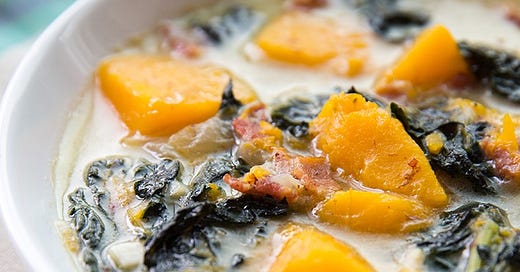



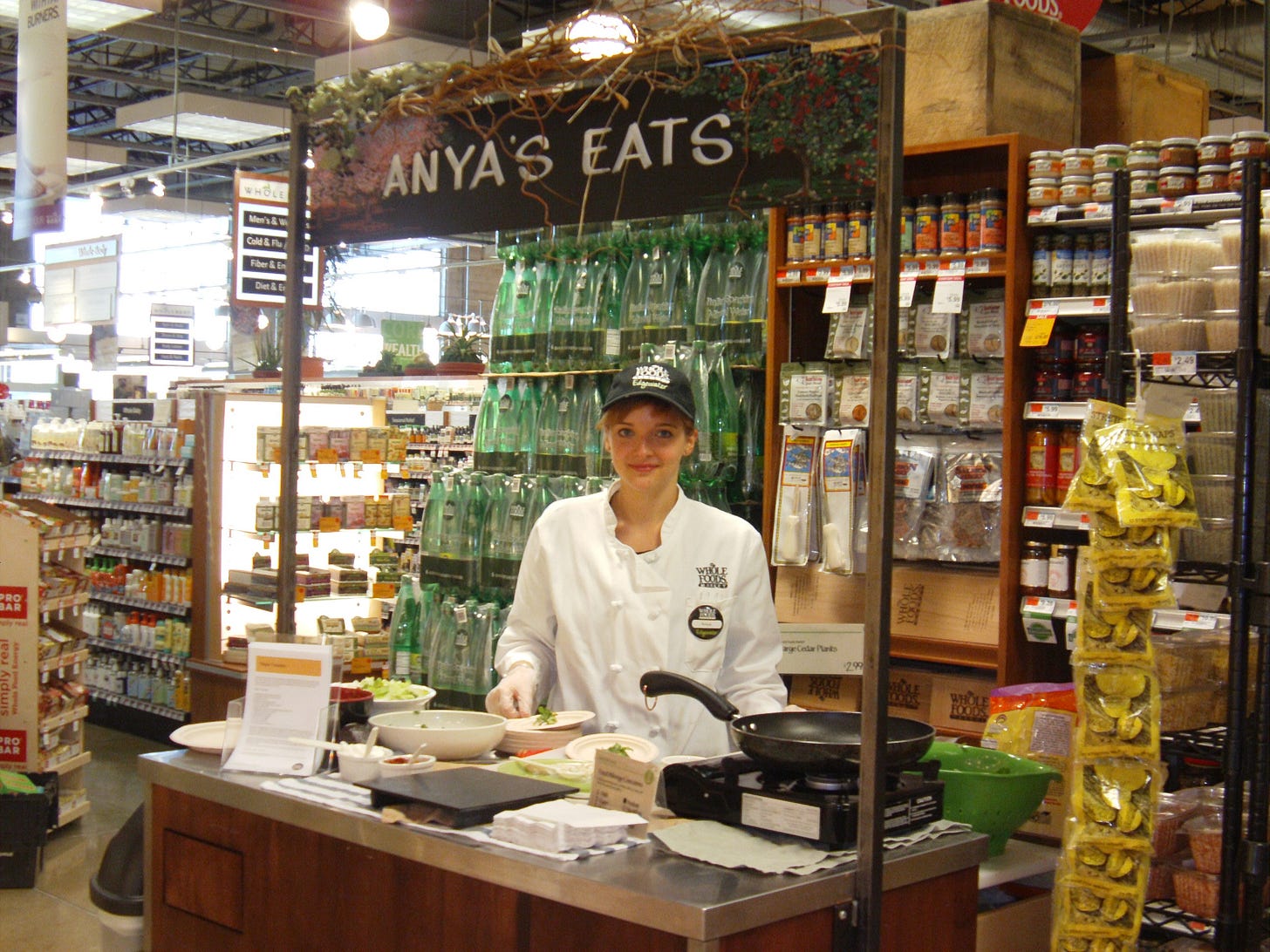

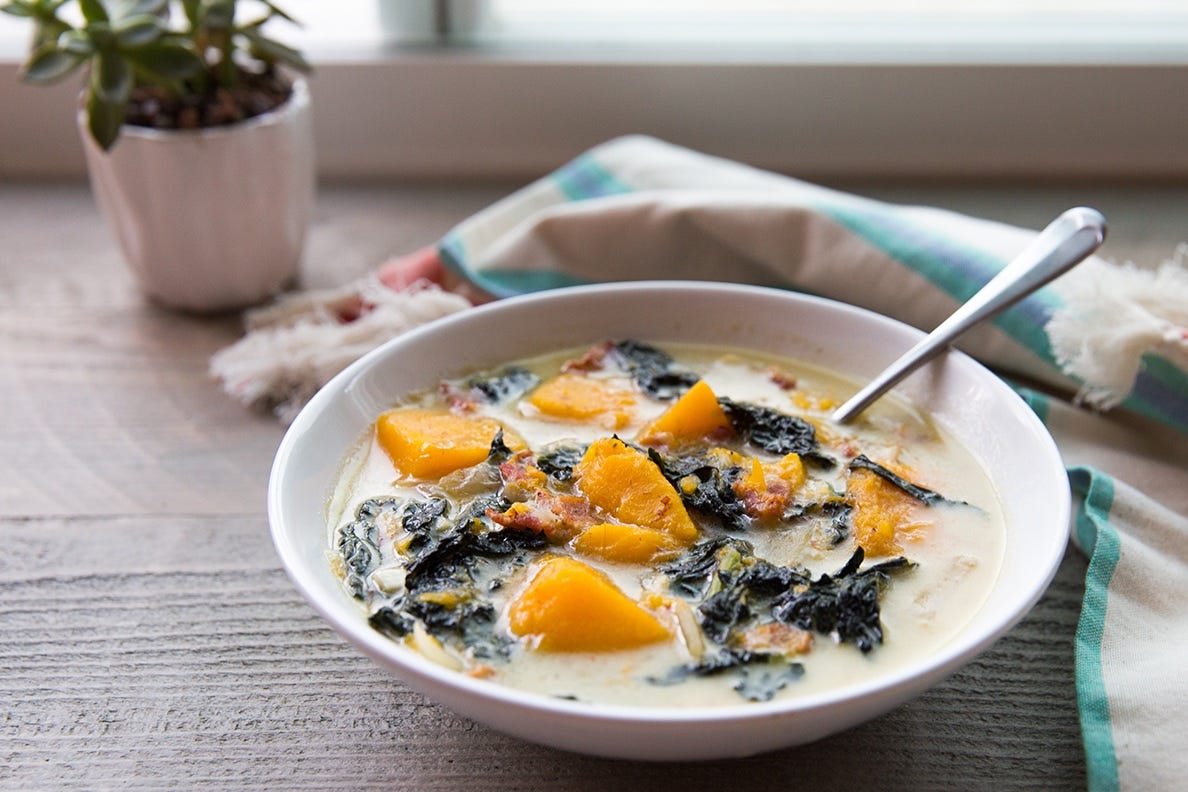

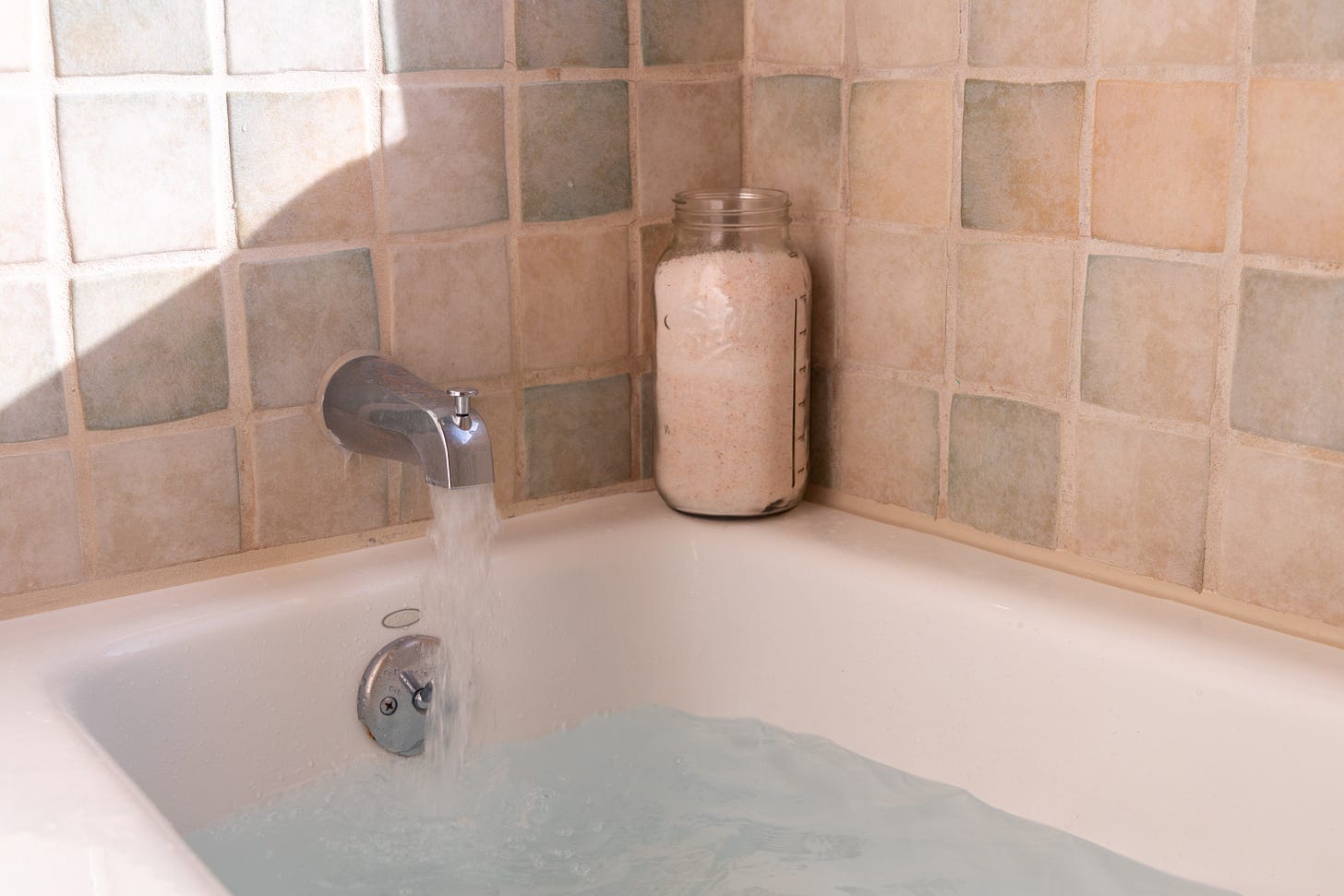
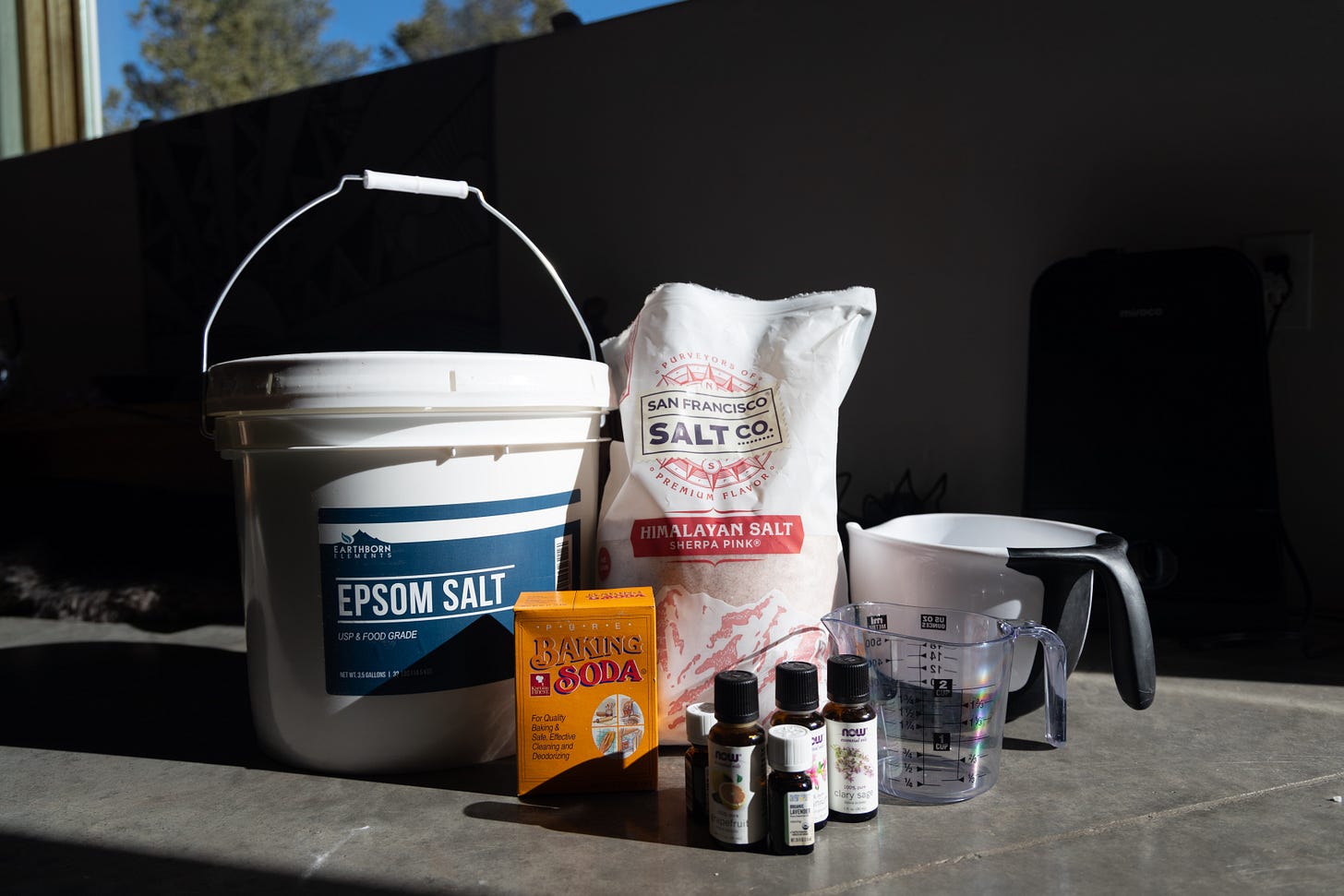
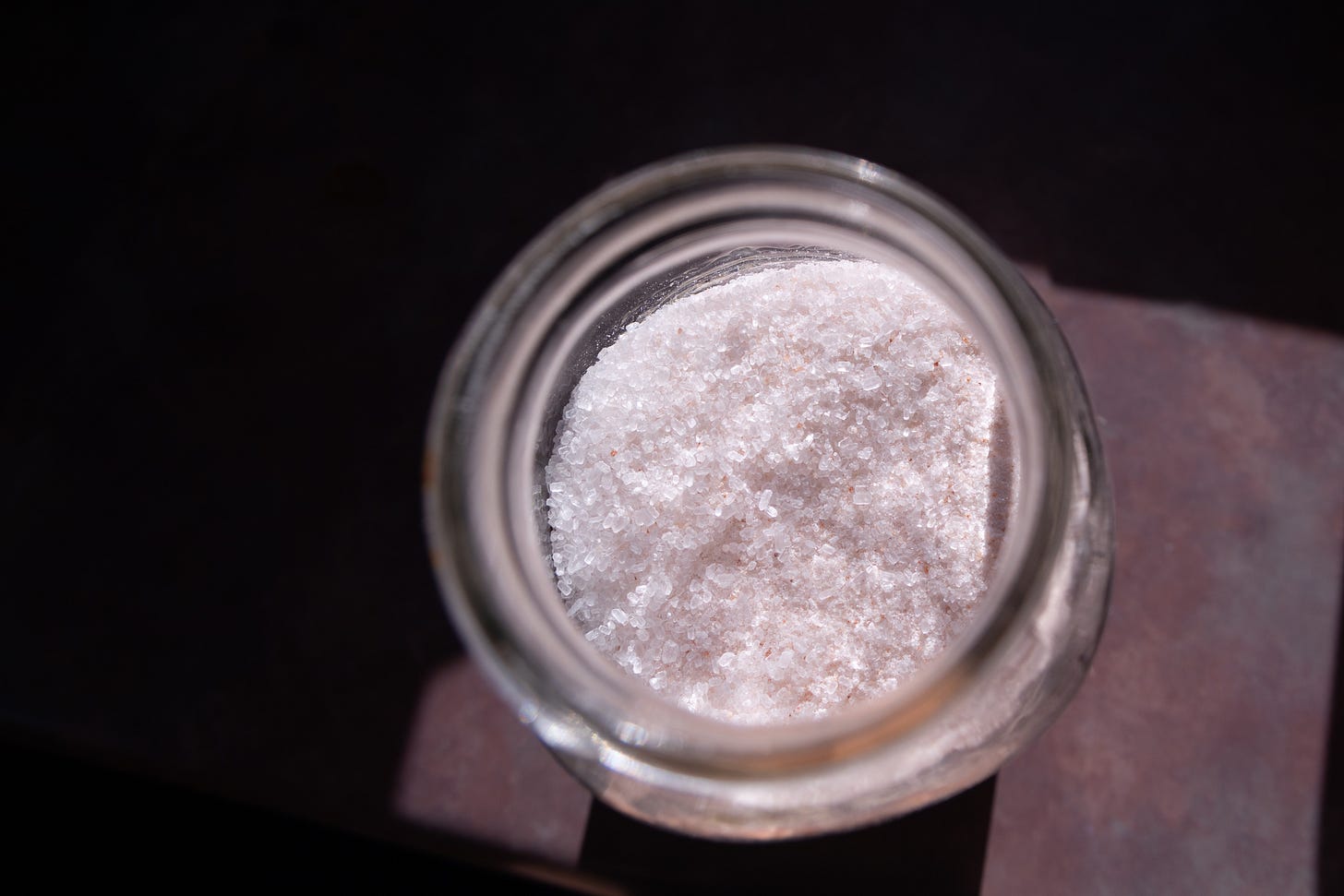
I've made 2 batches of these bath salts so far - they are a pretty pink color and smell great. They make my bath extra luxurious. Thank you for the recipe!
Beautiful post, Anya. Your story never gets old. Many of us haven't reached your level of clarity, discernment or self-arrival. It's all a journey, and one which undoubtedly isn't over for you, either.